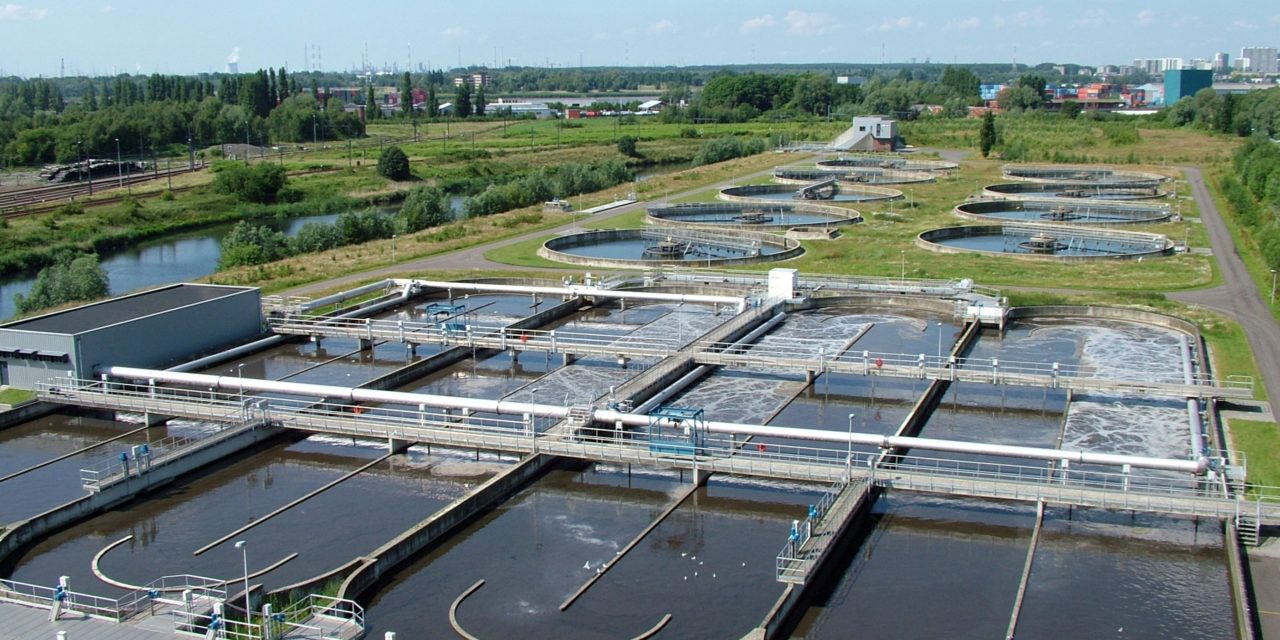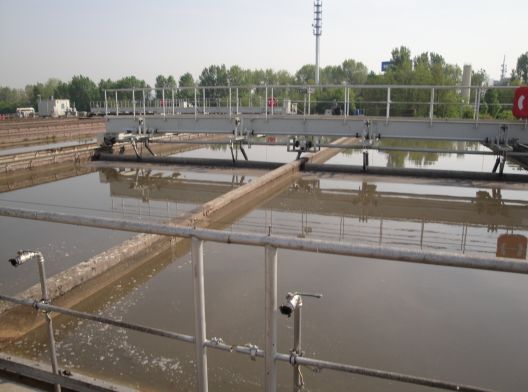

Waste Water Recycling
A recent study which examines methods for recovering phosphorus from wastewater using mathematical modelling may be the next big thing in efforts to reduce, reuse, and recycle.
Project Overview
Wastewater recycling helps peoples optimise water costs and minimise their environmental footprint. With leading technologies and proven expertise across some of most important wastewater recycling plants, Veolia treats even the dirtiest of wastewater and industrial effluent to potable and ultrapure standards with customised wastewater recycling solutions. Phosphorus is an essential element for human nutrition and development. Without it, the basic cells of plants and animals, and life itself, would not exist. Typically, phosphorus is found in phosphate-containing minerals that are mined — a limited and non-renewable resource. The annual demand is rising quickly. However, once used, phosphorus is difficult to reclaim. In animals (including humans), urine contains phosphorus. Surface water carries large amounts of phosphorus from fields and lawns downstream. The result is phosphorus in water discharged by wastewater treatment plants (WWTPs).
Wastewater treatment is a process used to convert wastewater into an effluent that can be returned to the water cycle with minimum impact on the environment, or directly reused. The latter is called water reclamation because treated wastewater can then be used for other purposes. The treatment process takes place in a wastewater treatment plant (WWTP), often referred to as a Water Resource Recovery Facility (WRRF) or a sewage treatment plant. Pollutants in municipal wastewater (households and small industries) are removed or broken down.
